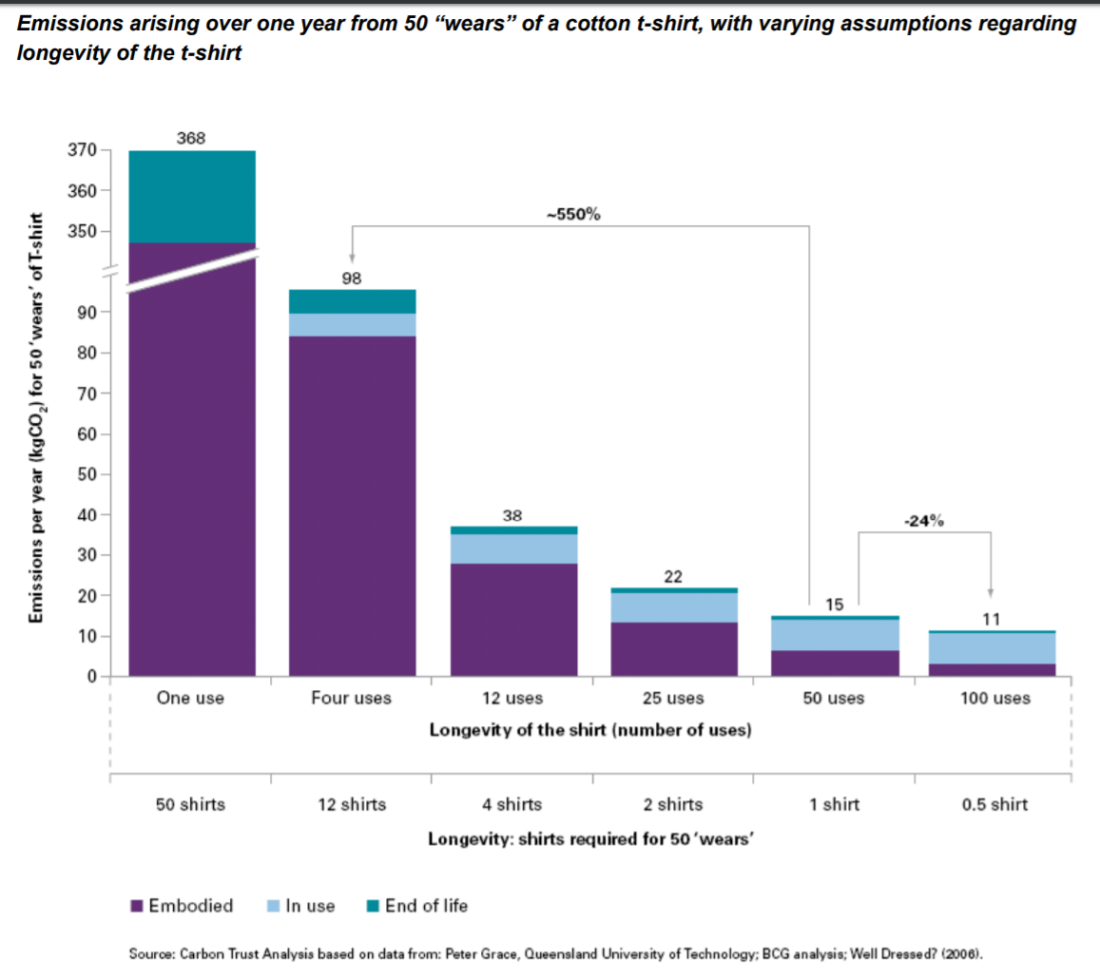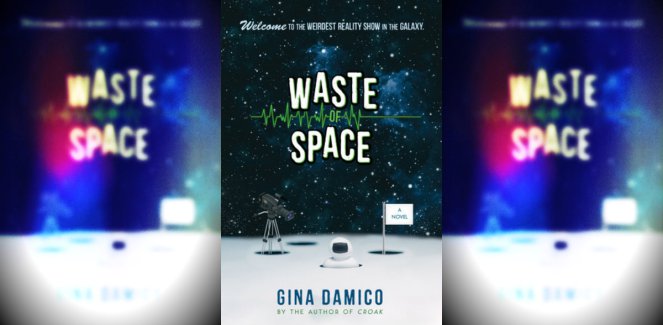I know a lot of people in the Zero Waste movement who aren’t minimalists – quite a few are, but it’s safe to say the idea hasn’t completely taken off. At first when I began my journey to zero waste, I didn’t make the link between that journey and minimalism. I was minimising packaging and reducing my consumption of single-use products, for the same reasons I am going minimalist now – the environment, and to become more mindful. And eventually it dawned on me – all of my clutter was as much waste as the banana in the single-use plastic produce bag in the single-use shopping bag. Owning and maintaining things I didn’t use and didn’t like was as mindless as the casual plastic straw for that thick shake. Neither the clutter nor the plastic straws were helping me in any way – they had to go.
One of the first places that I started to go minimalist was my wardrobe – so let’s make it the example. I know that many people struggle with this, but after hearing about the concept of a capsule wardrobe I knew that it was what I wanted. I already didn’t like clutter, and it was clear to me that the vast number of clothing items I didn’t wear were essentially waste. I had a lot of dresses that I hardly wore, things I owned only because my mother liked them, and other items (like a certain pair of truly hideous jeans) that had fallen out of favour. Before I thought about second-hand buying as a form of zero waste, I figured that it was being wasted anyway, so it may as well not fill up extra space in my life for me to stress over. I didn’t count my items at the time, but I’d already disposed of about half of my wardrobe when I counted the 100+ that I would eventually work down to 56 items (excluding work uniform). Since then, I’ve adopted some of my girlfriend’s old t-shirts, but it’s safe to say that my wardrobe has ≤60 items. Some people don’t include underwear, nightwear or housework clothes in their count, so if we’re going by that standard, I have about thirty items. Not thirty items for each season, but thirty items total. Even now, it seems excessive – I see clothes that hardly get worn, and the great dilemma that is gendered clothing. I’m currently sitting at half-half feminine to masculine, but I would cut down items if I ‘took a side’ – namely dresses.
Anyway, I doubt I articulated it clearly before, so let me say it – I believe that having a small wardrobe, and minimalist attitude in general, is Zero Waste. My statement even comes with a neat infographic (sourced from Carbon Trust)!

If it’s not clear – and few graphs are – this is a visual representation of the relationship between the number of wears of a t-shirt and the relative emissions. To summarise, wearing a shirt one hundred times cuts the related emissions to less than 3% of the emissions of a top worn once. And by the time you’re up to 50+ uses, the biggest cause of shirt-related emissions is from the washing and maintenance (I’m fairly certain it assumes a hot wash), but of course it is still lower-emissions overall.
But what does this have to do with a capsule wardrobe? A capsule wardrobe is about maximising the potential of each wardrobe item. Obviously, this leads to maximising the number of wears and thus minimising the ecological impact of the wardrobe as a whole. When I don’t wear something out, I have wasted the water and the greenhouse gases already expended on it. If I had any data for the ecological impact of other items, I’m adequately confident that the graph would be similar.
So when we make the choice to wear that shirt once again, instead of buying a new one, we’re making the most of the resources that we’ve already used – and we’ve prevented new resources from being wasted when we could have used what we already had. That’s the main reason why I forgo unnecessary packaging!
And not only am I reducing waste, but I’m learning to appreciate what I already have more and more each day!
Share this:






